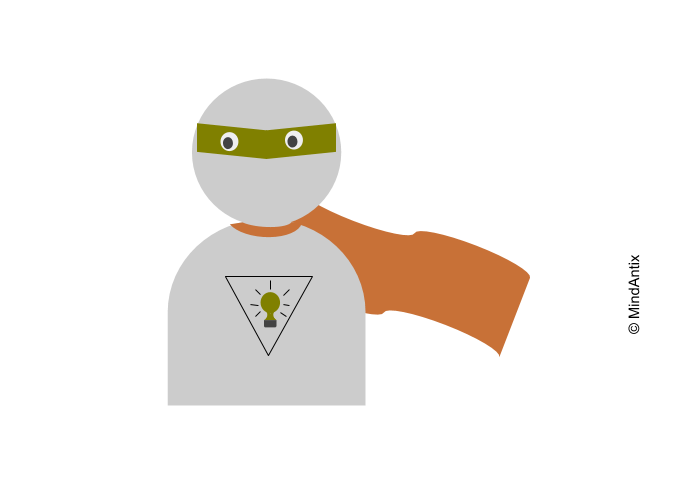Albert Bandura, a psychologist and Professor at Stanford, who first proposed the concept of self-efficacy, discovered that people’s beliefs about themselves plays a huge role in how they feel, think and act. People with a strong belief in their abilities tend to take on more challenging tasks and persist despite failures. As Prof Bandura explained, “A strong sense of efficacy enhances human accomplishment and personal well-being in many ways. People with high assurance in their capabilities approach difficult tasks as challenges to be mastered rather than as threats to be avoided. Such an efficacious outlook fosters intrinsic interest and deep engrossment in activities.”
However, self-efficacy can take some time to develop. Here are three ways to ensure students continue to build some creative confidence during the school year.
Build Mastery
Before students can build any confidence in an area, they first need to learn and become proficient in that area. A first grader is not going to feel confident about tackling double digit addition in mathematics, until he can easily do single digit addition. According to Bandura, building mastery is the first and the most important step in building self-efficacy.
From a creative confidence perspective, that implies building creative thinking skills, like associative or analogical thinking, that can be used in problem solving. So starting with simple challenges that exercise the creative muscles, and give students a chance to master different creative thinking approaches can go a long way in building confidence.
Stretch, But Attainable Goals
Before students can take on challenging tasks, they need to first feel confident about their abilities. Experiencing successes, even small ones, builds confidence whereas early failures can lead students to question their abilities. Only when students have developed a strong sense of self-efficacy, are they persevere through failures.
To build skills and confidence, create sub goals that stretch students’ thinking a little but they are able to achieve their goals with a reasonable level of effort. For example, asking students to come up with at least one idea using a specific technique before challenging them to come up with several. However, if the goals are too easy, then students might come to expect easy successes and will not build the confidence to persevere through more challenging tasks.
Supportive Environment
Students learn as much from others as they do independently. When students see their peers solving problems creatively, they are more inclined to believe that they have the same abilities. In a similar vein, when teachers (and others) encourage students to keep going despite setbacks and express confidence in their abilities, students start to believe in their own abilities as well. For example, if a student isn’t sure about how others might perceive their idea, let them know why you think their idea is cool and worth pursuing.
This expectation maps to the social persuasion in Bandura’s self-efficacy model. In an encouraging environment with positive expectations, a student might conclude, “If others think I am creative, then I must be creative.”
Teaching students creative thinking techniques, setting appropriate goals and creating a positive environment and expectations as students practice problem solving, can build their creative confidence. Armed with this confidence, students will be willing to take on challenging tasks, persevere through failures, all of which will set them up for success both in the short-term as well as long-term.

